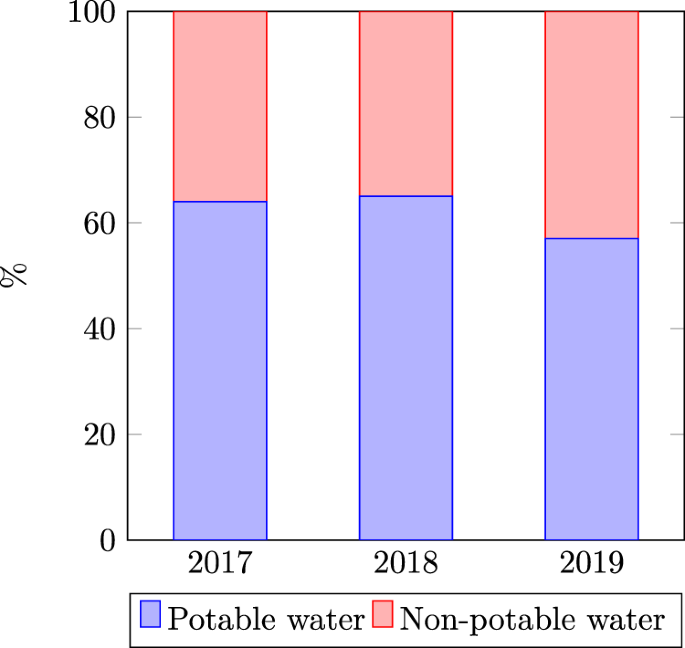A Closer Look at the Environmental Impact of ChatGPT – One Green ...
As AI technology continues to intertwine with daily life, its environmental footprint has become a pressing concern. A significant example is ChatGPT, a chatbot developed by OpenAI, which uses the GPT-4 model. Released in March 2023, ChatGPT has been utilized by roughly a quarter of Americans since its introduction.
While providing quick and interactive responses, ChatGPT demands a substantial amount of resources, notably in terms of energy and water consumption. Data centers, which host servers for AI operations like ChatGPT, are massive energy consumers. To function efficiently, these data centers require extensive cooling mechanisms to manage the heat produced by servers.
The Impact of Data Centers on the Environment
This process often involves using large quantities of water or electricity, depending on the local availability and cost of these resources. Shaolei Ren, an associate professor at the University of California, Riverside, explains that in regions where electricity is less expensive or water is scarce, air-conditioning systems are preferred over water-based cooling.

The choice of cooling method can significantly affect the local environment. In places like Northern Virginia, which hosts the highest concentration of data centers globally, there has been public outcry against the expansion of these facilities. Residents argue that they not only disrupt local aesthetics and contribute minimal long-term employment opportunities but also place a considerable strain on local resources.
For instance, in West Des Moines, Iowa, data centers operated by major tech companies like Microsoft are reported to consume about 6% of the total water supply.
Sustainability Efforts and Challenges
Moreover, the training of AI models like ChatGPT involves analyzing millions of data pieces over several months, requiring continuous power and generating considerable heat. Despite pledges from tech giants like Google, Meta, and Microsoft to improve the sustainability of their data centers, progress has been sluggish.
Google’s recent report highlighted a 48% increase in carbon emissions, primarily due to its data centers and AI operations, while only replenishing 18% of the water it utilized.
It is evident that as AI technology continues to advance, the environmental impact of such innovations must be carefully considered and addressed to ensure a sustainable future.
Get your favorite articles delivered right to your inbox! Sign up for daily news from OneGreenPlanet.




















